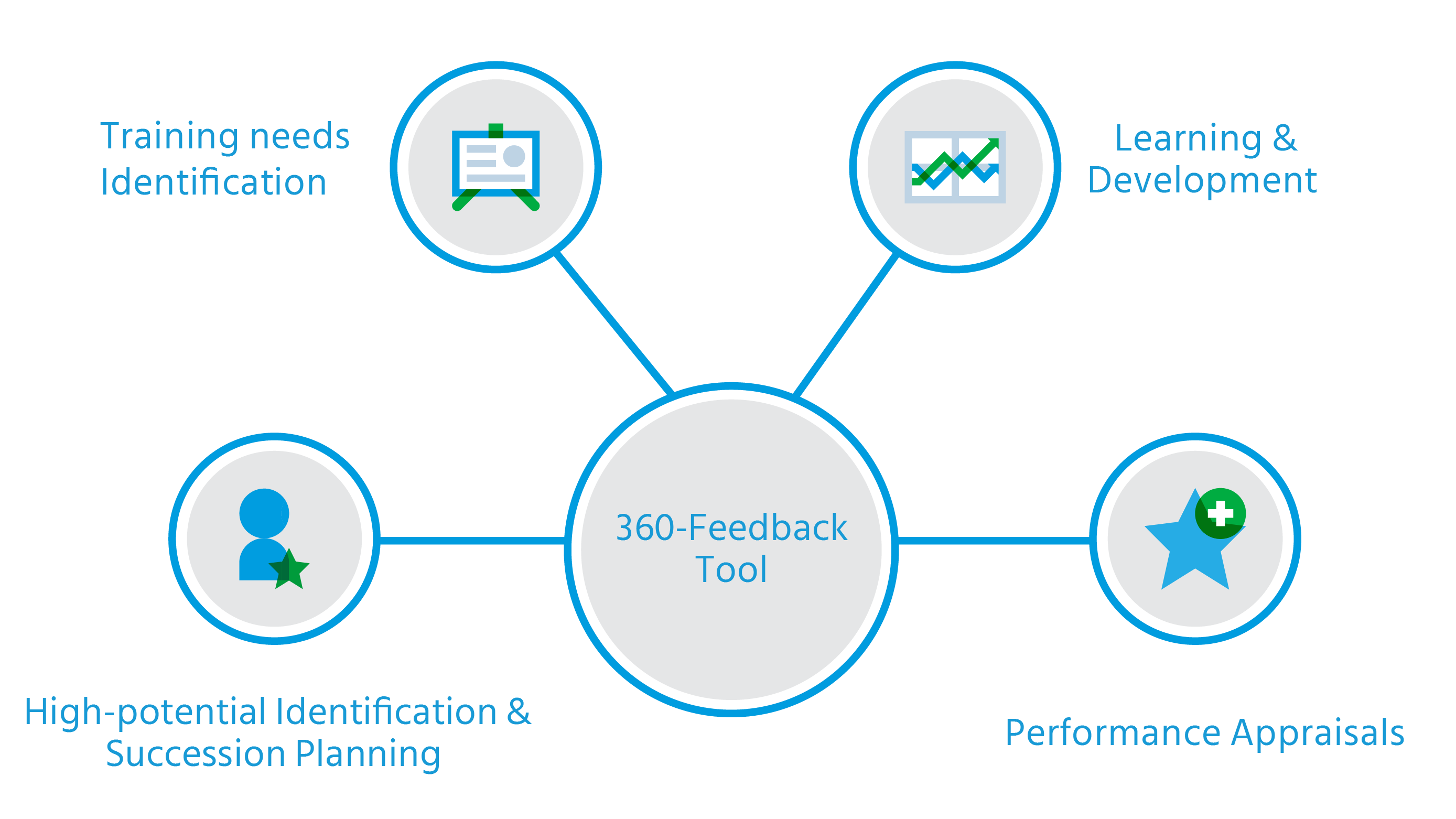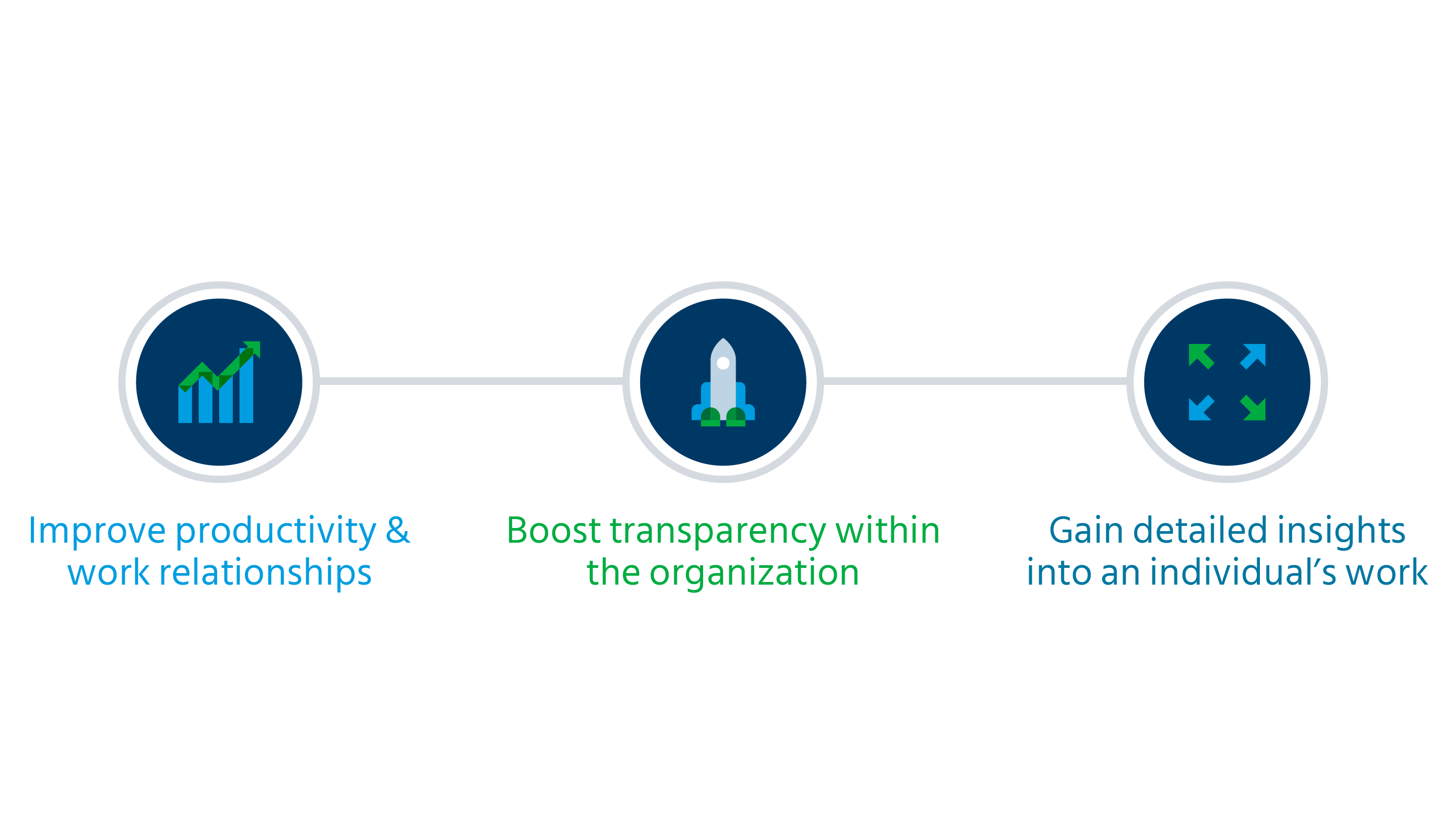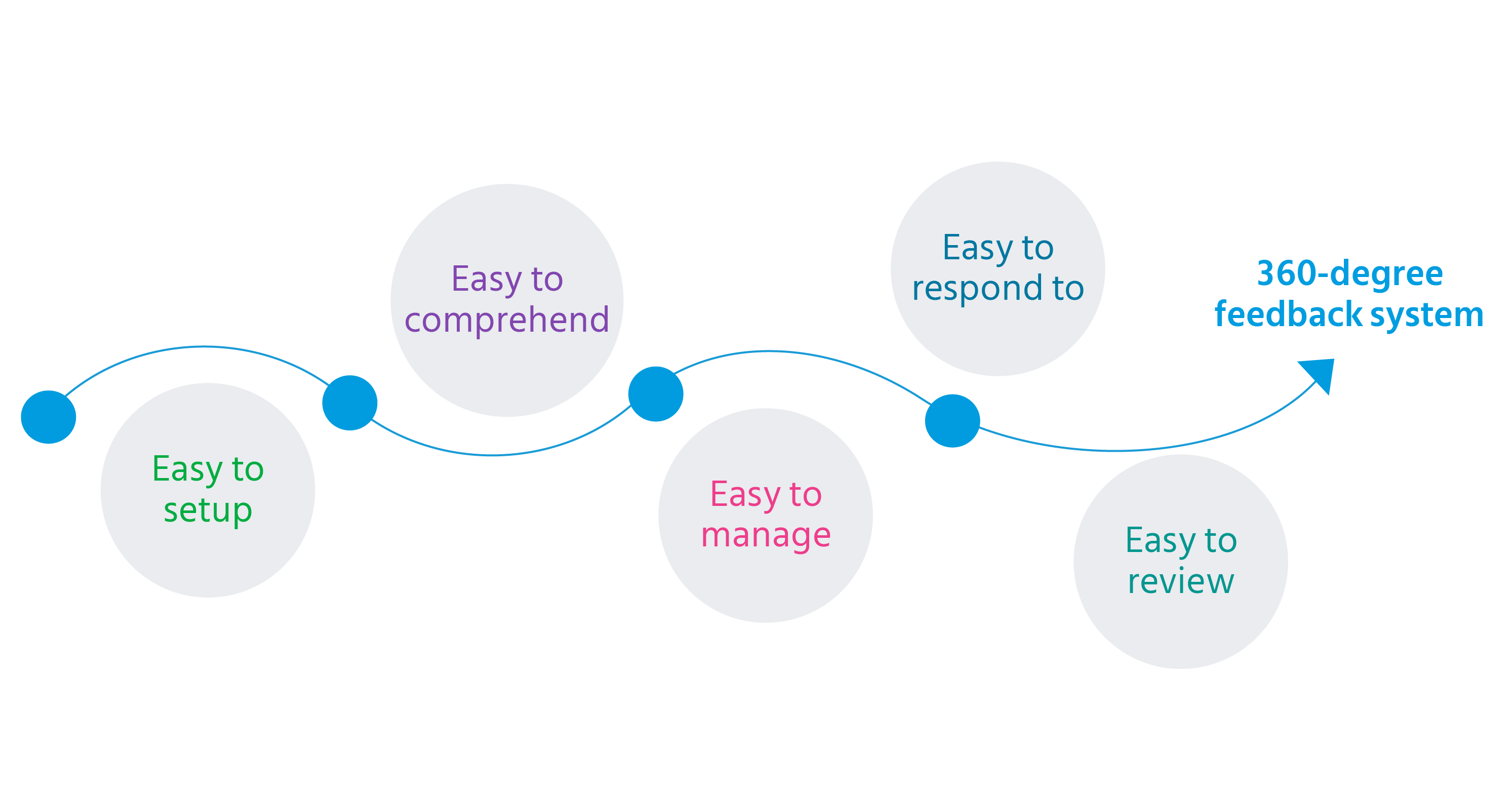Considering the expectations and principles mentioned above, let us delve into the 3 key factors you need to remember before choosing a 360-degree feedback system.
An apt competency model
Ideally, you should think about competencies in four dimensions- knowledge areas, functional skills, leadership competencies skills and behavioural competencies. Either some or all these competencies define almost every role in the corporate world. Hence, you must base all your strategies around them.
For a company-wide 360-degree feedback program, you may want to spend some time developing a competency model that incorporates:
a. Your organization’s leadership model
b. The company’s core values
c. Functional and job-specific competencies
d. The behaviors and performance standards that are expected of all employees
Do read our handbook on 360-degree survey templates for detailed insights into competencies that make a 360-degree feedback system effective.
Leadership engagement
You should remember that the success of a 360 feedback system largely depends on how it is implemented in an organization. No matter how good your tool, it will not give you the desired results if you do not implement it correctly, which depends on extensive leadership engagement.









 Behavioral Competencies
Behavioral Competencies Cognitive Competencies
Cognitive Competencies Coding Competencies
Coding Competencies Domain Competencies
Domain Competencies







































Would you like to comment?